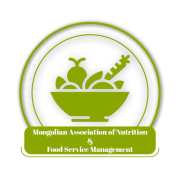

Author(s): Minichle Yigrem*, Usman Seman, Mekonen Mamo, Menalu Demlew
A study was conducted to evaluate carcass and noncarcass yield, carcass composition, and economic profitability of salale sheep type fed natural grass hay supplemented with different proportions of wheat bran and noug seed cake mixture. A randomized complete block design (RCBD) was used. The treatments were: natural pasture hay alone (T1) (control), 350gWB (T2), 117gNSC+233gWB (T3), 233gNSC+117gWB (T4), and 350gNSC (T5) with all groups offered adlibtum feeding of natural pasture hay. A total of 25, sheep were used in the experiment which yearling intact at the start of the experiment and slaughtered after 120 days of fattening. The lambs were grouped into five blocks based on their initial body weight and treatments were randomly distributed to each block of five animals. Five lambs from each treatment were randomly picked and slaughtered for carcass evaluation. The hot carcass weight and Dressing percentage on Bodyweight immediately before slaughter (BWIBS) and empty body weight (EBW) base was higher in supplemented lambs than the control group (T1). Higher hot carcass weight (14.80kg) and dressed carcass weight (58.58kg) were recorded in lambs supplemented with 117g NSC+233g WB (T3). Sheep-fed natural grass hay (T1) alone had a negative net return (-442 ETB). In conclusion, there existed a significant in Sheep supplemented with T2 (350g WB/day/head)had the highest net return (604.4 ETB) and is potentially profitable in the feeding of growing Salale sheep as compared to the other supplemented treatments.